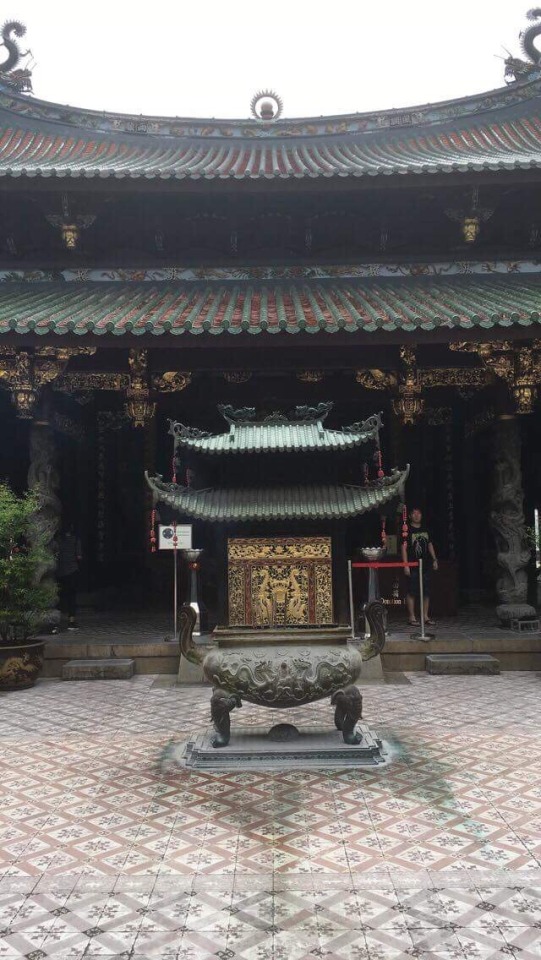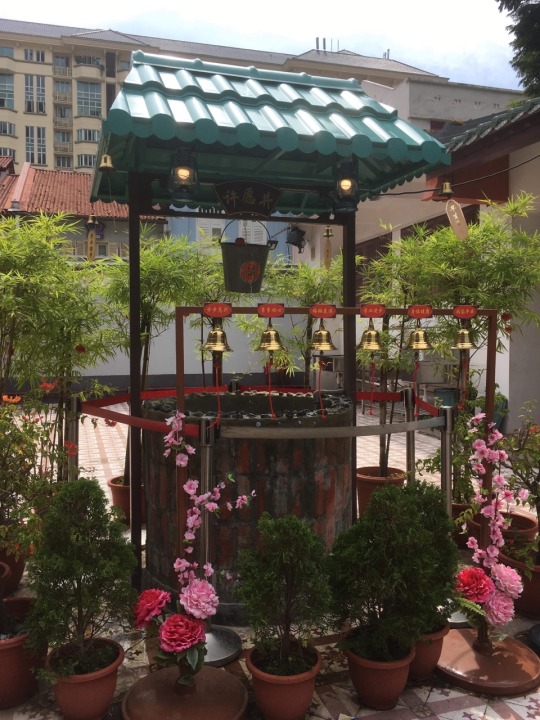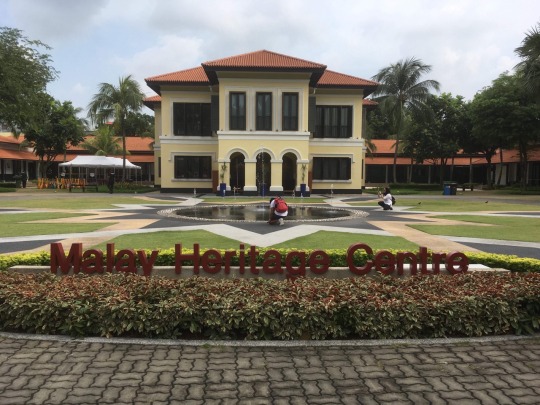Text
Blog # 8- Post Exhibition Reflection
After proposing our project idea to both the clients and staff at the Sree Narayana Care Centre, the feedback received from them about our idea was quite positive. The patients seemed really attracted of the idea of being able to exercise independently whilst still remaining in the comfort of their own home. The only real concern the elderly and staff conveyed was the cost of the chair and also the stability of it. Our comfortable exercise couch enables clients to recline backwards for a short nap if they wish whilst also allowing them to exercise as exercise bike pedals are stored away inside the chair and are exposed at the pull of a lever. Those very same bike pedals can be adjusted and moved upwards to exercise the arms. The idea of this exercise chair is to enable clients to exercise in the comfort of their own home and without supervision. In my group, the role I played was probably more of the communicator and scriber. Most of the others didn’t feel comfortable enough to communicate with the elderly whereas my past experiences working in aged care facilities, I felt quite content with speaking to them. I did however get help with comprehending a few of the residents as their English was quite broken. In terms of the actual product, although I did contribute in coming up with the idea, I felt kind of out of my depth with the actual designing of the prototype hence why I offered to both write and pitch our product idea. After our first weekend in Singapore, our group learnt a lot about Singaporean culture so we tried to apply those cultural elements where possible. Our group noted that a lot of symbols are quite prominent in their culture hence why the branding of the exercise couch incorporates a lotus flower which symbolises long life in Indian culture.
0 notes
Text
Blog # 7- Post site visit Reflection (15th of June, 2018)
Whilst working with patients at the Sree Narayana Care Centre for two whole days, my group and I were finally inspired by an idea for our project. During the first visit at the centre, the first thing that was observed by my group and I was how small the centre actually was. Both the exercise area and general area was cluttered and finding space for equipment was obviously an issue. After conversing with the patients, we also noted that the patients found the chairs they sat on in the exercising room to be uncomfortable as they were hard, wooden and did not have any arm rests. These wooden, uncomfortable seats looked to have been purposely placed in the exercise room in hopes to obtain more space in the small, stuffy exercise room as padded, more comfy seats were available at the centre, however, only in the more spacious general room. Whilst talking to a few more patients, our group noted a common theme amongst them; their shared love of physical exercise. In fact, one client in particular expressed that he would love nothing more than to be able to exercise independently, without the aid of a helper. He also expressed to us that it was not possible because he needed to be supervised due to being unable to do physical exercise without the help of another. This shared love of exercise amongst the patients at the centre couple with the desire to exercise comfortably and independently sparked an idea amongst our group. Our group therefore came with a project idea that will facilitate clients to exercise in a comfortable chair without supervision. Our project idea is a exercise chair that is both comfortable, easy and safe for users as well as compactible and able to make use of areas with limited spacing.
0 notes
Text
Blog # 6- Elder Care Centre- Site Visit Prep (12th of June, 2018)
Today my goup and i were assigned to the Sree Narayana Mission Nursing home where we will attend for the next two days to work directly with residents to co design solutions for healthy ageing in Singapore. The nursing home is loccated in Yishun and offers a number of services including two Senior care Centres which provide a safe and interactive environment and is non residential in nature. One of the day care centrs is located in woodlands and the other in Yishun. In addition to the nursing home andd day car centres, thhe mission also provides home care and povides a number of soocial and cultural programmes too the community including yoga and dance classes. The nursing home and centres are located in the northeaastern region of Sinapore and was established in 1948 after a group of Singaporean Malayalees decided to crete a misson that would liftt the spirits of the Sinaporean poeople after world wward II. The group named tthe nursing home after a well known philosopher in Southern india who enlightened many. The nursing home today houses 224 beds. The residents comprise of 77% Chinese, 20% Indian, 2% Malay and 1% others. All of the residents in the nursing home are subvented cases meaning that 75% of the care cost is covered by the government and 25% is raised through donation made to the mission.
0 notes
Text
Blog # 5- Peranakan Museum (10th of June 2018)
After visiting the Indian Heritage Centre, our group made out way to the Peranakan Museum. The Peranakan Museum explored the Peranakan people of Sinagpore, their culture and customs. The term ‘Peranakan’ simply means that an individual was born locally (http://www.traveller.com.au/discover-singapore/singapores-peranakan-culture). Peranakan people have mixed heritage and therefore their culture can be quite diverse. Whilst visiting the Peranakan Museum, one custom that I learnt about was based on the belief that spirits of ancestors exist can actually sway an individual’s luck. Peranakan’s who believe in this notion make offerings to these spirits in hope to please the spirits and therefore turn their luck around. Another Peranakan belief is the belief of ghosts and evil spirits. Many superstitions exist which are thought to disrupt evil spirits and are avoided where possible by believers. – Museum display. In Australia, this custom is not really prominent. Flowers may be placed on a beloved’s grave site but offerings are not made in hope to favour luck. Some may believe in ghosts and evil spirits however, certain actions are not thought to disturb them. This custom may relate to the Singaporean ageing population as some of them may indeed share a Peranakan heritage and therefore share these common beliefs. In fact, Peranakans, Eurasians and others make up just over three percent of Singapore. http://factsanddetails.com/southeast-asia/Singapore/sub5_7b/entry-3724.html . Whilst at the Peranakan Museum, a number of symbols were observed. In the Museum, a tray of gifts were displayed. This tray resembled gifts that were sometimes offered to a newly wedded bride’s family from the groom’s family. The tray displayed a number of treats including oranges and Brandy. The Brandy symbolised the groom where the oranges symbolised wishes for longevity- display. In return of those gifts, the display mentioned that the bride’s family would return the offer and gift the groom with sweet fruit and syrup instead of brandy. This symbolised wishes for a happy and enduring union.
0 notes
Text
Blog # 4- Indian Heritage Centre (10th of June 2018)
Today we visited the Indian Heritage Centre in Little India. The centre explores Indian history and culture and was opened by Sinapore’s Prime Minister 3 years ago (reference pamphlet). Whilst at the Indian Heritage Centre, one cultural custom observed during the site visit was the Indian fashion. Whilst visiting the centre, i began to learn that the Indian fashion was not only beautiful, the differing colours and fabrics reflected certain traditional rituals, an individuals social class and even an individuals place of residency (from pamphlet). Although I have seen people in Australia of Indian background wear Indian fashion, it is not largely prominent as this is not out traditional custom. I have seen however, certain customs here in Australia that similarly reflect the Indian fashion custom. For example, a groom on his wedding day in Australia traditionally wears a suit with a tie whereas a Indian groom on his wedding day or a important event will wears a silk dhoti http://www.littleindiadirectory.com/indian-clothes-introduction/ . This custom relates to this ageing population as the fashion has probably been followed through the ages and probably largely based on climate and certain traditions. http://www.littleindiadirectory.com/indian-clothes-introduction/. One mythological hindu character that I observed from the Indian Heritage Centre was Yali. Yali is depicted as having the trunk of an elephant and wings and symbolises strength. Therefore Yali can be found on the pillars of most Indian structures and in particular palaces. - picture taken from the Indian heritage centre
0 notes
Text
Blog # 3- Chinatown- Buddhist Tooth Temple and the Hokkein Taoist Temple (9th of June, 2018)
After visiting the Malay Heritage Centre and getting something to eat, our group made our way over to two temples in Chinatown. The first temple visited was the Hokkein Taoist Temple. This temple is one of the oldest Taoist temples in Singapore. ‘Toaism‘ simply refers to the Chinese folk religion and Taoists believe in a balanced and simple life; living in harmony with nature. Whilst there, a number of customs was observed. Strictly no photos were to be taken near pray and strictly no smoking. The sign outside the front of the temple also mentioned not to touch the statues. After we visited the Taoist Temple, we then ventured to the buddhist Tooth Temple. The buddhist Tooth Temple is a remarkable temple and museam wheere the tooth relic of the buddha is stored. Before entering the temple individuals are only allowed entry once their shoulders and knees are covered. Complementary sarongs and shalls were given at the door however. Temples afterall are considered sacred places and any display of disrespect in these sacred place could be taken in offence. The above customs i oobserved in each temple are means of respect. And respect is something that the chinese culture values highly. The act of being respectful in a ttemple relates to the ageing population because this act is a widespread cultrrural practice passed down from generation to generation. This practice would have been something they would have learnt as a young child and something they would have taught their childen and possibly grandchildren. As Australia is a multicultural country, I am sure that the same customs would apply in our temples. I however have not seen these cultural practices in action before specifically because I have not been to temples in Australia. Whilst visiting Chinatown and the two temples, I noted that the colour red could be seen just about everyhere. After a bit of research I discovered that this colour had meaning behind it. in fact, red symbolises luck, prosperity, celeebration and hapiness andd is often. believed to have the capability to. deter eil spirits.



0 notes
Text
Blog # 2- Malay Heritage Centre (9th of June, 2018)
Today we visited the Malay Heritage Centre. The Malay Heritage Centre is a museum that unpacks the history and culture of Malay Singaporeans. Previously the centre was a Palais better known as ‘Istana’ where the Sultan of Singapore resided. The term ‘Malay’ is used for the Austronesian ethnic group and surprisingly enough does not just relate to Malaysians but also various groups of people from Southeast Asia, Oceania and East Africa. The Heritage Centre perfectly explored Singapore’s history and diverse cultural makeup. Whilst we were at the Heritage centre a number of cultural customs where observed. Before we even entered the centre our shoes had to be taken off. In Singaporean culture it is considered polite and very respectful to take ones shoes off. It also matter of cleanliness. Singaporeans believe that their house in which their ancestors may have resided and where their children live should be kept clean. The act of taking ones shoes off before entering tth home relates to the ageing population as it is a custom that has ben passed on for many generations. Although I have seen this cultural practice in Australia, there is less emphasis on this custom and ultimately wouldn’t be considered rude if someone didn’t taken their shoes off. Whilst at the centre, I noted that the sultan/ king of Singapore did not appear to wear a crown in pictures. I did however see that the sultan wore a cloth head piece instead. I later discovered that this cloth head dress was called a ‘Tengkolok’. And essentially came as a replacement for a royal crown. The Tengkolok Diraja or royal headwear was worn by royalty and was a symbol of power and has been worn by Malay rulers for centuries. Ones rank was determined by the style and colour of Tengkolok. Now days the Tengkolok is worn in times of celebration. Grooms for example usually wear one on their wedding day.

0 notes
Text
Blog # 1- Pre-departure research- Ageing workers and dealing with retirement.
With fertility rates at an all-time low and the third longest life expectancy in the world, Singapore is an ageing population that relies heavily on their matured population to contribute to their workforce and therefore economy. In fact, the average age in Singapore is expected to rise from 40.6 years in 2010 to 53.7 by 2050. And astonishingly, it is predicted that by 2030 40% of the workforce in Singapore will be aged over 50. Reports examining the financial burden of an ageing workforce discovered that rising medical costs and productivity loss are associated and most likely due to the ill health that comes with old age. Although an ageing workforce has it downfalls, if managed properly, age diversity in the workforce could have the potential to make an impact. In fact, it has been determined that mature aged workers have a lot to offer the workforce as mature aged individuals in the workplace have lower turn over rates and have been attributed to greater knowledge base. The potential benefits of age diversity in the workplace is greatly acknowledged and so a number of strategies have been initiated to try and manage the challenges an ageing workforce faces and to try and promote healthy ageing. Strategies include programs like the ‘Return to work program’ which essentially makes it possible for individuals who may be injured to return to work sooner by placing them in a job role suitable for them and their limitations. Another program/ scheme introduced was flexible work arrangements for employees. This scheme was introduced so workers are able to have a good work-life balance and are actually able to attend doctor appointments and essentially are able to focus on looking after their health. This scheme is thought to reduce absenteeism and increase productivity. Essentially the aim of these strategies is to reduce costs associated with an ageing workforce and improve overall productivity.
0 notes